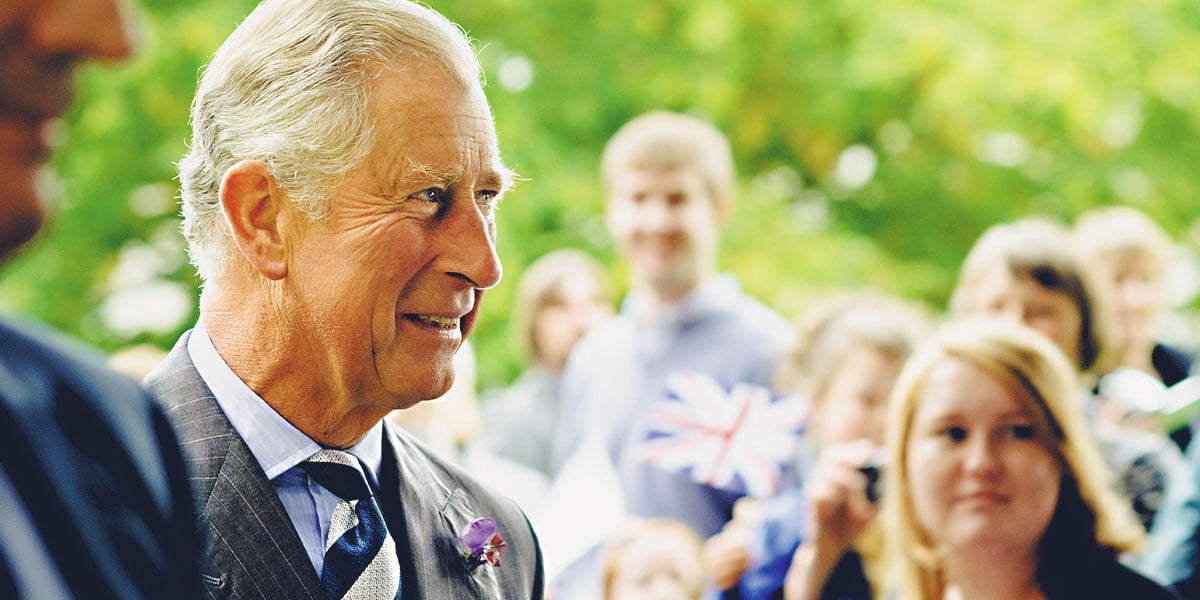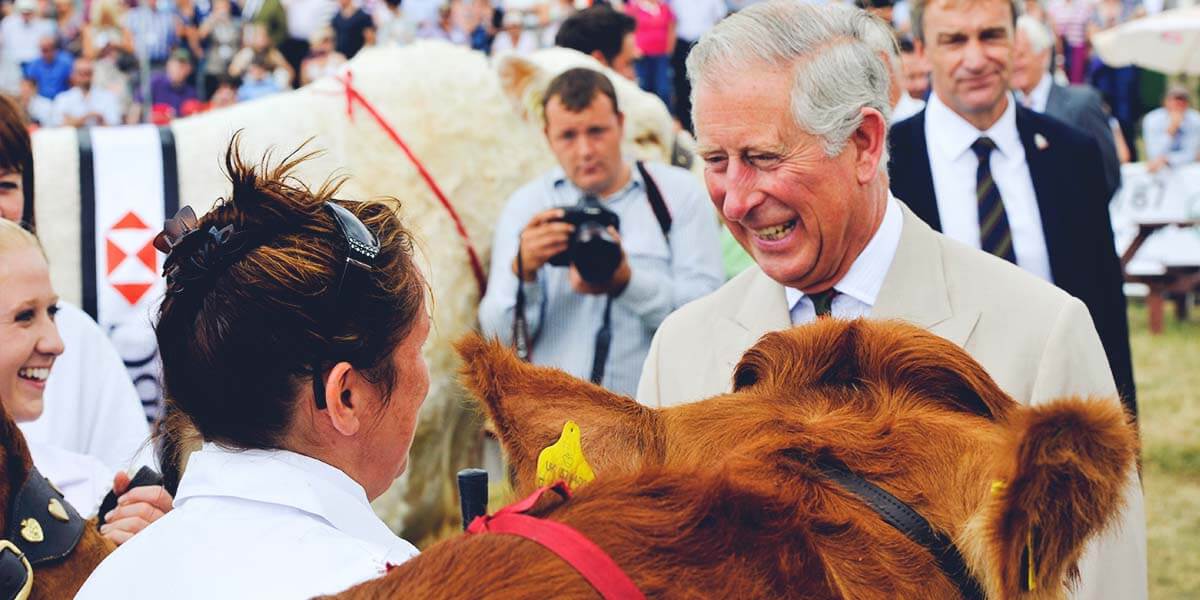His Majesty King Charles III, the first British monarch to be crowned in the twenty-first century, will take the monarchy into the future in what is now the new Carolean era.
The last Carolean era was that of Charles II, restored to the throne in 1660, a time of great expansion for the country despite the Great Plague and Great Fire of London. Charles II, like King Charles III, was a keen scientist and scholar. But King Charles III is a monarch very unlike Charles I, as he believes in due parliamentary process and has already struck a first for transparency with the televising of the Accession Council.

King Charles III has come to the throne after more than 70 years as heir apparent and as the longest-serving Prince of Wales in history. In the latter role, His Majesty advocated for many causes, particularly architecture and the built environment; organic farming, horticulture and environmental affairs; and establishing his own charity to aid young people, The Prince’s Trust. He has also supported further charities to aid young people and benefit the countryside and the arts.
Philanthropy has been a driving force in His Majesty’s life. With his severance pay of £7,400 when he left the Royal Navy in 1976 he funded 21 projects, including a community centre in Haggerston Housing Estate and a fishing club run by two ex-offenders. These initiatives transformed into The Prince’s Trust, a charity to help young people across the country. In September 2020, the Trust announced that it had supported 1 million young people to date.
The King’s charitable interests in the built environment and the countryside have been vitally important to him. In 2007, he saved the eighteenth-century Dumfries House and estate in Scotland for the nation when it was offered for sale. Dumfries House was opened to the public and the estate now offers training opportunities for young people in traditional crafts and skills.
His Majesty has been patron or president of over 400 organisations, including Age UK, Macmillan Cancer Support, Heritage Crafts, the Welsh National Opera, the Royal Philharmonic Orchestra, the Birmingham Royal Ballet and The Canal & River Trust. The King also works with smaller organisations, such as The Delphinium Society, for those interested in the Delphinium plant, his favourite flower.

As well as advocating for the countryside and the importance of plant life in his charitable work, His Majesty is an accomplished gardener. In 1980, the Duchy of Cornwall bought Highgrove House in Gloucestershire and The King has devoted himself to the creation of sustainable gardens on organic principles at the property. As he said, his gardens were designed to ‘please the eye and sit in harmony with nature’. He established four acres of wildflower meadow, featuring more than seven varieties of orchid. ‘Something in our soul, I think, responds to wildflower meadows,’ he said about his campaign to nurture 60 meadows to commemorate 60 years of the coronation of Queen Elizabeth II.
The King advocates for organic farming and managed Home Farm, at his Highgrove Estate, on organic principles. In 1990, His Majesty established Duchy Organics to sell food products sold on the Highgrove Estate; the first to go on sale were oat biscuits. From 1993, The King has voluntarily paid income tax on the proceeds of the Duchy. In 2017, he took over the management of the 21,000 acre Sandringham Estate from The Duke of Edinburgh and quickly introduced organic farming practices.
King Charles III enjoys art and opera, played cello at university and is a patron to many arts organisations. He is a keen watercolourist and on the 25th anniversary of his investiture as the Prince of Wales, the Royal Mail issued a set of postage stamps of his paintings. Some of his work was exhibited at Hampton Court for his 50th birthday, and for his 70th birthday, there was an exhibition at the National Gallery of Australia. He has published four books, including a children’s book, The Old Man of Lochnagar, and co-authored a dozen more, many of which concern art, architecture or horticulture.
As Prince of Wales, that country has been close to his heart. His Majesty was named Prince of Wales in 1958, when he was nine, and in 1969, he was invested in a great ceremony at Caernarfon Castle, which was televised. During his time at Cambridge, The King went to study Welsh language, history and culture for a term at University College of Wales, Aberystwyth. He said his tutor, Dr Tedi Millward, helped to foster his ‘deep and abiding love for Wales, her people and her culture’. In his first visit to Wales as King on 16 September 2022, he spoke of his ‘immense gratitude for the privilege of having been able to serve as Prince of Wales’.
During his time as Prince of Wales, His Majesty represented Queen Elizabeth II at home and overseas, attending the funerals of foreign dignitaries as well as commemorations and celebrations of independence, including Zimbabwe and The Bahamas. History and legacy are vitally important to The King. He is interested in world culture and religions. He has said that he wished to consider the role of the monarch as defending all faiths, advocating for the importance of other religions whilst also being Supreme Governor of the Church of England.
The King has spoken repeatedly of the importance of continuing Queen Elizabeth II’s legacy and – as he said – how he ‘honour[s] her life of service’. His proposals include demonstrating the modernisation of the monarchy with a shortened coronation, more reflective of the current times. He also plans a focus on other religions. King Charles III has had a long apprenticeship for the throne and has spent his years as the Prince of Wales developing his charitable and horticultural interests. Now, as he comes to the throne, he reigns over a new Carolean age, a new monarchy, founded on continuing his mother’s legacy of service, as Britain moves into the future.





